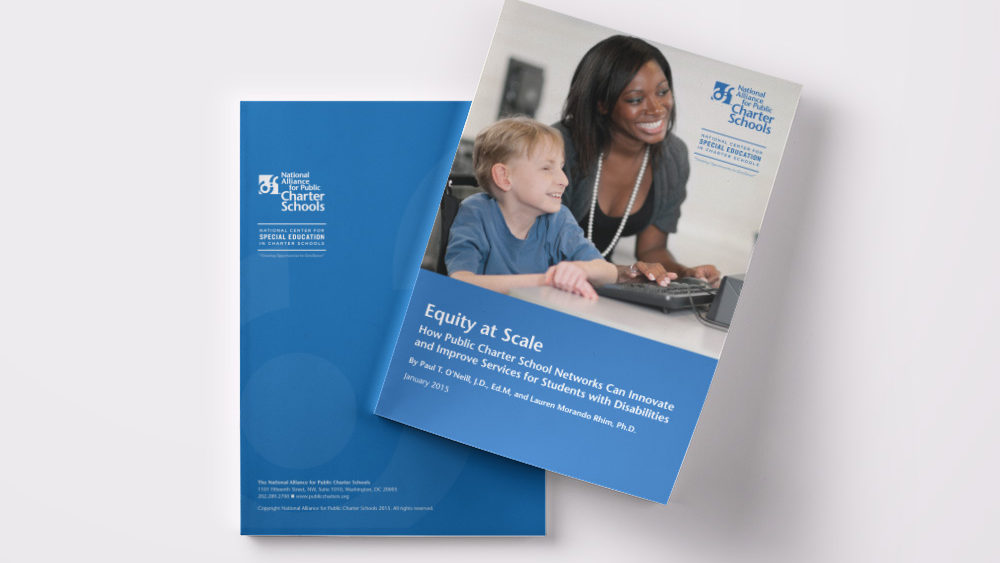Paul O’Neill
When public charter schools first opened in the early 1990s, each was unique and independent. Independent public charter schools remained the norm as the public charter school movement grew from a fledgling reform effort into a major force in public education, now affecting 2.7 million students and families nationwide. But as successful public charter schools continued to grow and expand their impact beyond a single site, and as organizations developed school designs that could be implemented at multiple locations, networks of public charter schools emerged. The public charter school landscape now offers a mix of independent and networked schools, the latter sharing common elements such as design, management, and governance.
Public charter school networks come in different forms but are essentially multiple schools affiliated with the same third-party educational service provider (ESP). These providers can either be nonprofit organizations (often referred to as charter management organizations [CMOs]) or for-profit companies (known as educational management organizations [EMOs]). In either form, ESPs offer resources, expertise, and centralized services to support their affiliated public charter schools. ESPs commonly offer curricula, formative assessments, professional development, legal and financial services, and special education support. An increasing number of ESPs offer programs with a virtual education component.
Whatever their configuration, networks of public charter schools are generally better able to leverage resources and access more established supports than can independent public charter schools. Many authorizers, charter support organizations, and philanthropies are facilitating the growth of networks with a proven record of success, hoping to generate positive impact on a greater scale. Given the gap in fiscal and technical expertise between traditional districts and independent LEAs, public charter school networks that multiply each school’s capacity and access to resources offer a promising strategy to scale equity and access for students with disabilities.
This brief published by the National Alliance for Public Charter Schools offers public charter school networks ways to affect and strengthen the special education offerings for students enrolled in networked public charter schools.

Comments are closed.